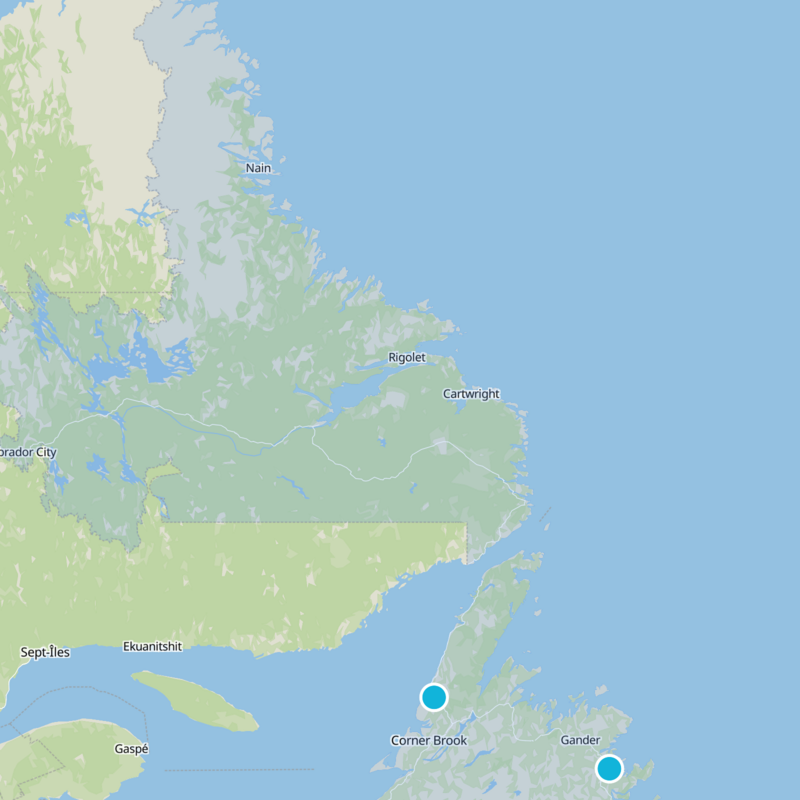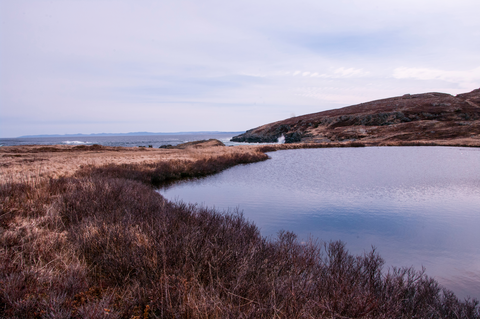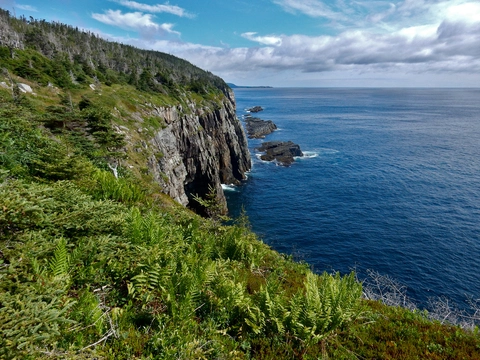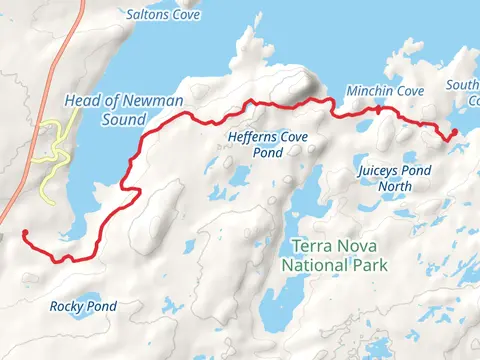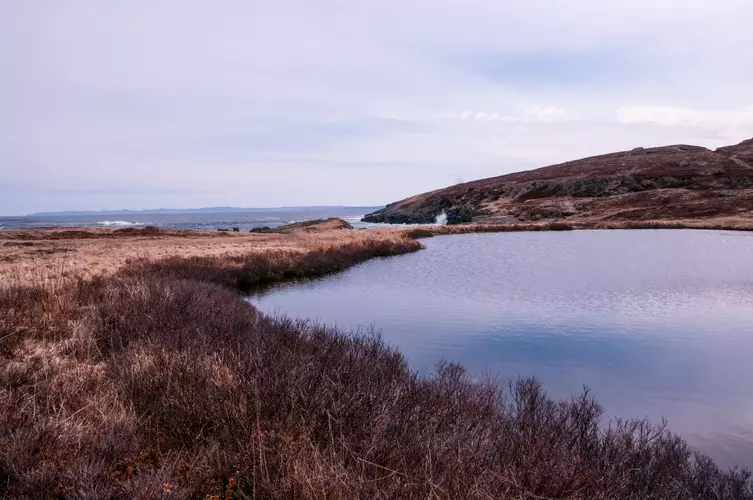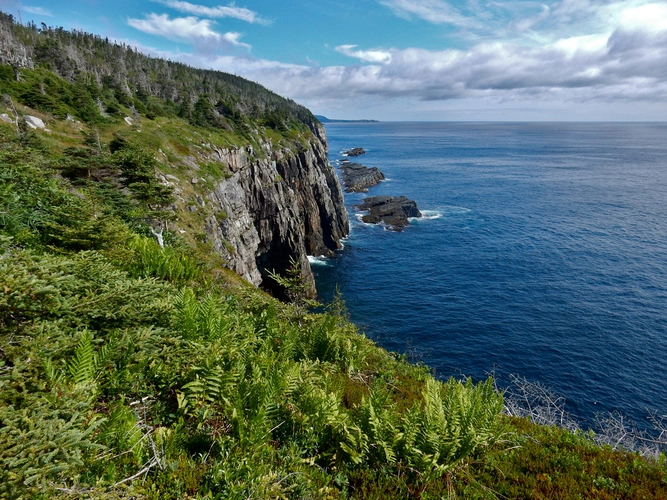"Explore Newfoundland and Labrador's breathtaking vistas, dramatic cliffs, and rich culture on an unforgettable adventure."
Embark on an unforgettable adventure in Newfoundland and Labrador, where rugged coastlines meet serene forests and towering fjords. Discover the iconic East Coast Trail, offering breathtaking ocean vistas and the chance to spot whales and icebergs. Traverse the mystical landscapes of Gros Morne National Park, a UNESCO World Heritage site, with its dramatic cliffs and ancient rock formations. Immerse yourself in the rich culture and warm hospitality of this enchanting region, where every trail tells a story.
Most popular hikes
FAQs about hiking in Newfoundland and Labrador






